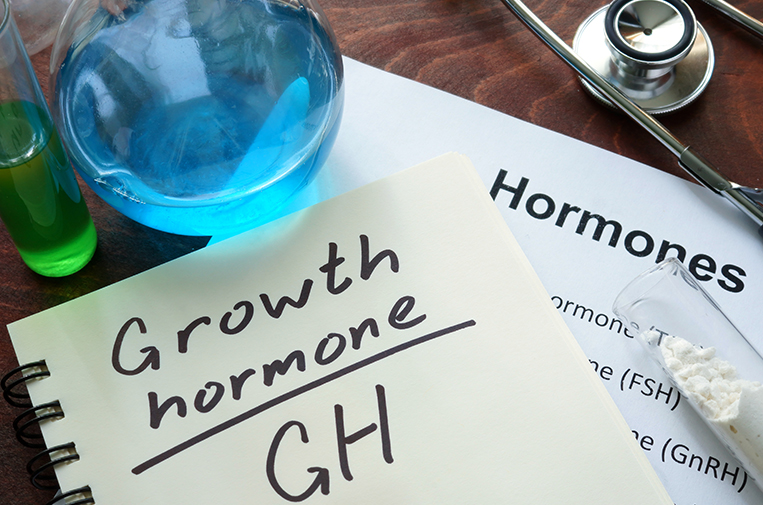Understanding & interpreting RSC 2021 IVF success rates data
While the most important thing we do at RSC is take care of each individual patient to the best of our ability, moving the needle forward to achieve in vitro fertilization (IVF) breakthroughs is a close second. We are doctors, embryologists, researchers, scientists, nurses and workers in a healing profession. We care deeply about what we can provide to patients.
To that end, RSC follows the guidelines established in 1992 that mandate that all IVF clinics report their outcomes of fertility procedures to the Centers for Disease Control and Prevention (CDC).
The Society for Reproductive Technologies (SART) also collects IVF data from clinics, and both organizations publish statistics to the public in order to help patients decide if and where they wish to pursue fertility treatment.
[hoops name=”post-CTA”]
Factors in IVF decision making
There are several metrics that patients want to know in order to help make the decision to do IVF. Over the years, the CDC and SART have refined the statistics to help patients. But many feel that the statistical charts have become more confusing. Most patients want to know their chance to have a baby – not just to get pregnant. But that means it will take at least one to two years longer to obtain this data since pregnancy should take nine months!
Patients also want to know what the chances are of having a baby from a single IVF cycle. This way they can budget and mentally prepare for the treatment needed. However, the current practice of IVF makes these statistics hard to obtain since some patients will do multiple cycles to bank embryos for the future (fertility preservation). In addition, many patients will do preimplantation genetic testing (PGT-A) in order to transfer chromosomally normal embryos. Further, some cycles may result in no embryos available for transfer.
I often find it most helpful to tell patients their likelihood of getting a chromosomally normal embryo in a single IVF egg retrieval cycle, based not just on their age but also on their antral follicle count and anti-Müllerian hormones (AMH) and follicular stimulating hormone (FSH) levels. And then I can tell them the likelihood of that embryo becoming their baby.
With these two statistics, a patient can then set proper expectations for the success of IVF treatment. But this requires a visit to the doctor for an antral follicle count and the performance of laboratory studies for FSH/Estradiol and AMH.
Related Fertility Edge Podcasts: How to Choose Which Type of IVF Is Right for You
CDC success rates data based on age
So, until you have an appointment, you will have to rely on the CDC data to make a decision and start to set expectations. The data is presented with age as the only weighted characteristic. Here is the CDC data based on age at RSC for the year 2021.

Related Reading: SART Tool To Calculate IVF Success
These numbers are great — and getting better most every year. However, when you consider how many cycles it may take a 40-plus year old to make that embryo that was transferred, you will see that the pregnancy rate per cycle goes down. But remember that some patients are doing multiple cycles to bank embryos for the future so they can have a second child, or to have multiple embryos available before they start to try to conceive (by doing an embryo transfer.)
Related Video: IVF Explained






